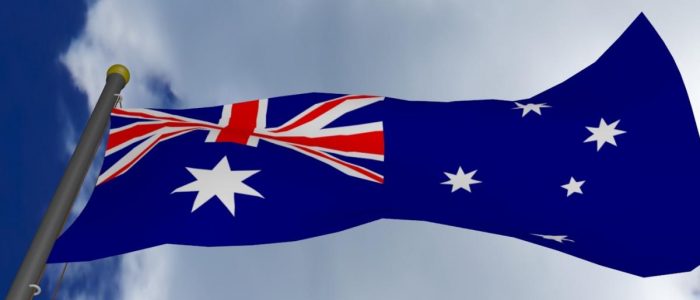The new foreign policy blue print is considerate but invokes both hopes and fears for Australia and the world nations.
What does the paper say?
Three words, ‘opportunity, security, strength’ which mean efforts to materialize peace and cooperation coexist with the possibility for use of brute force.
At the core of the defence paper lives the idea of ‘a contested world’. Likewise, sustaining Australia-US strategic partnership, liberal norms and values are seen as essentials.
Offshore Balancer
Arguing with realist logic, the global hegemons aspire to check rising powers in other regions.
Global policemen believe that there must be several powers located together in other regions because their contiguity will force them to focus their attention on each other rather than on the distant super power. This is why, the US prefers that there must be several powers located in the Chinese backyard. It supports Australia, South Korea and Japan in the Pacific, whilst India in South Asia, to contain China.
China’s Acknowledgment is Dishonesty
The foreign policy paper acknowledges China’s role. China is welcome, ‘to share responsibility for supporting regional and global security’. Its capacity to influence Australia’s national interest is real; noted in the paper.
Reality is opposite.
The strategic defence objective (common thought among last two defence papers) of Australian strategic outlook, asserts to support the maritime security of Southeast Asian states. This however, provokes a security dilemma (actions by state A to increase its power, capability and influence is seen as threatening and challenging for state B, which causes opposite reactions) for China.
Rivalry is not new.
In recent past, Canberra took clear stance of opposing China. Speaking to a current affairs program ABC news on July 13, 2016 Australia’s Foreign Minister Julie Bishop condemned China’s claims in the SCS very clearly.
Likewise, it is no longer the Asia Pacific, but the Indo-Pacific. Australia agreed to create a coalition with US, Japan and India. It will take part in patrolling the region, including the disputed territory of the South China Sea. This means, Australia is willing to contain China.
Therefore, these assertions are seen as a threat in China, which means the coexistence of Australian acknowledgments and containment strategies, is dishonesty.
Dangers?
Is Australia-US strategic partnership dangerous?
Briefly—Yes!
It is just like hitching a ride in the world’s most dangerous lake: the great power competition. Australia’s foreign policy is tilted towards the US for security and survival. However, joining either block completely is dangerous and can bring war at home.
US expectations are dangerous. US envisages Australia to play a major role in the containment of China. David C. Gompert, a former US top intelligence advisor to the former President Barack Obama, foretold that ‘Australia can play a vital role if a war breaks out between the US and China’. This means, Australia’s strategic importance, can produce both stabilizing and destabilizing impacts.
Opportunities
Australia is largely dependent on its maritime trade routes through the South China Sea. Australia enjoys significant trade with China, which is worth $150 billion a year. This means that the economic fortunes of both states are connected. Therefore, Australia leading its foreign relations in a binary way (taking the US or Chinese side completely) may affect its economic and geo-political interests in the region.
Australia should invest in China-led massive infrastructures and economic projects along Asia, Africa, and Europe harnessing a new economic world structure (One Belt, One Road initiative, OBOR) along with maintaining cordial relations with the US.
What needs to be done?
Australia should focus on emerging global non-traditional security threats. These include terrorism, extremism, poverty and climate change.
In a recent development, ISIS has been evacuated from key cities like Fallujah, Ramadi, Tal Afar, and most recently Mosul. Strong resistance and key defeats are forcing ISIS to change its strategy, tactics and its headquarters elsewhere. This will pose new challenges for counter terrorism experts based in Australia and around the world.
The foreign policy white paper notes Australia’s growing concerns about Pacific countries but neglects non-traditional security aspects. While Australians are planning for next Christmas, Pacific Islands are preparing for the cyclone season. Therefore, terrorist threats like evolution of IS strategy, tactics and policy, and evolving climate change of th Pacific countries are the potential threats for Australia.
Conclusion
It is concluded that Canberra should maintain cordial relations with US but at the same time it should also continue trade, investment and diplomatic engagements with China. Future issues of Australia’s foreign policy white papers may include detailed chapters on climate change, homeland security and counter terrorism strategies. Australia must take the effort to shape the region in a way that is acceptable to China and simultaneously beneficial for Australia; it is the only way to a win-win situation.
